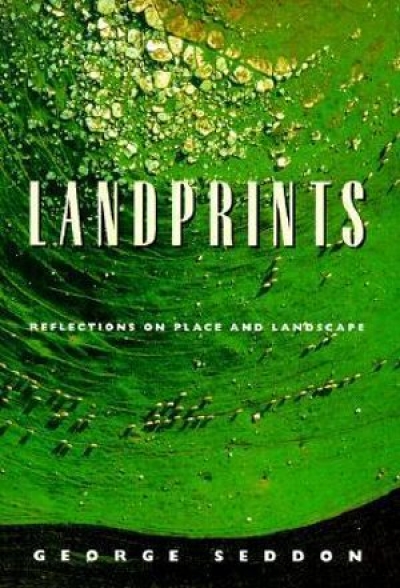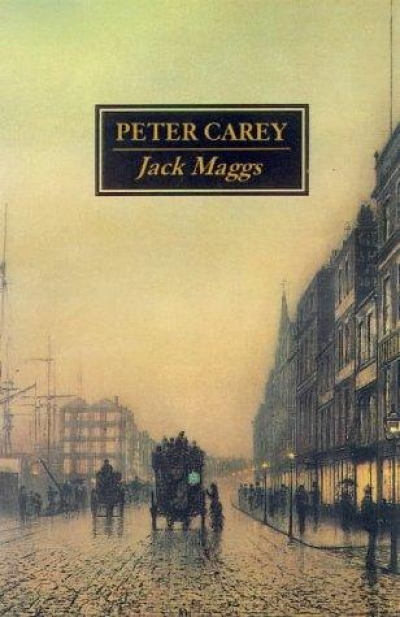Archive
‘Those who can, do; those who can’t, teach.’
Can I begin like that? It’s risky, and contentious, and will probably come back at me. But it’s no less a stupid comment for all that. In my experience it is usually the ones who say it who are the ones who can’t.
... (read more)The Listmaker by Robin Klein & The Apostle Bird by Garry Disher
by Stephen Matthews •
Gallienus by John Bray & A Portrait of John Bray edited by Wilfred Prest
by Alex Castles •
Depraved and Disorderly: Female sexuality and gender in colonial Australia by Joy Damousi
by Emma Floyd •
Landprints: Reflections on place and landscape by George Seddon
by Stephen Muecke •








